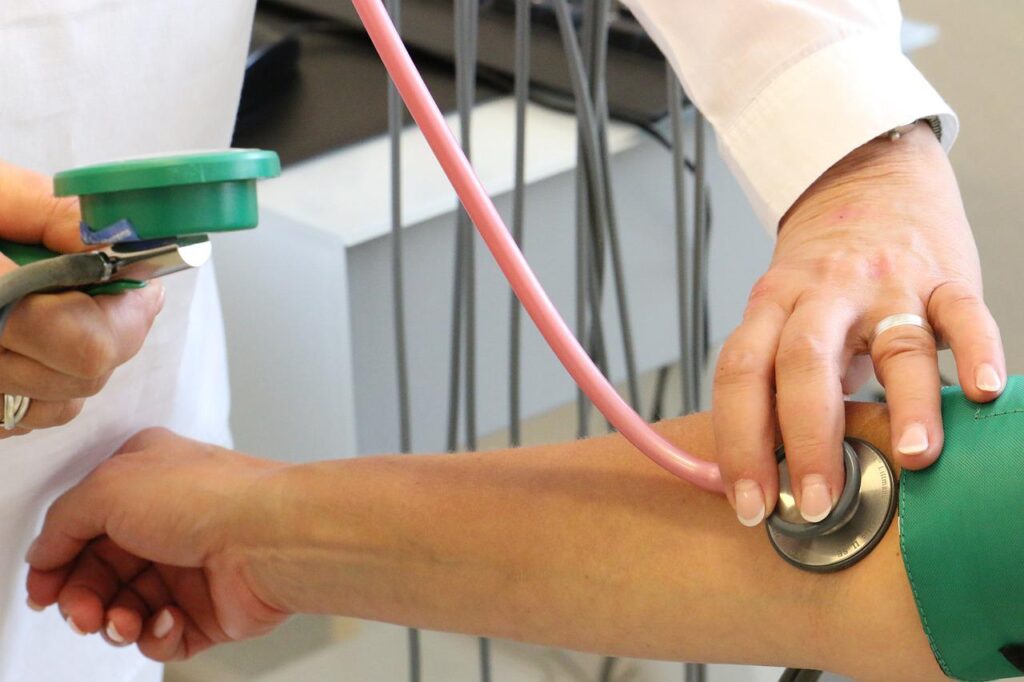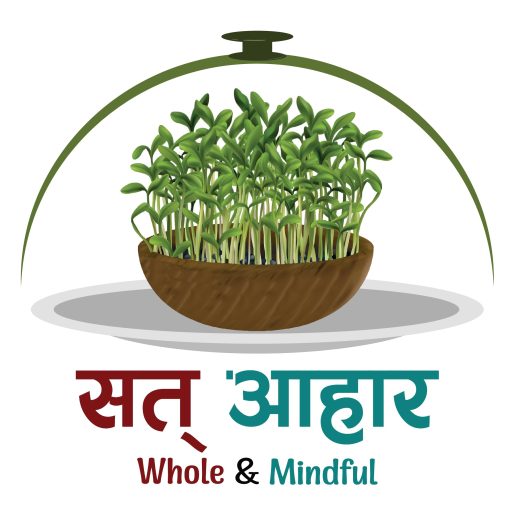What is hypertension?
Hypertension is commonly called as high blood pressure. Blood pressure is determined by the amount of blood pumped by the heart and the resistance of arterial blood flow. The more blood the heart pumps and the narrower the arteries, the higher the blood pressure. Blood pressure is written with two numbers. The first number (systolic blood pressure) represents the pressure in the blood vessels when the heart contracts or beats. The second number (diastolic blood pressure) represents the pressure in the blood vessels when the heart rests between beats (1).
Hypertension is often regarded as a “silent killer” because most hypertensive patients are not aware of this problem. If left untreated, high blood pressure can cause persistent chest pain, heart attack, heart failure, and irregular heartbeat, which can lead to sudden death.
Hypertension is also likely to cause block or burst the arteries that supply blood and oxygen to the brain and damage the kidneys, leading to strokes, which can lead to kidney failure. Hypertension can harden the arteries, reduce the flow of blood and oxygen to the heart, and cause damage to the heart. Unfortunately, 1.13 billion people worldwide have hypertension (2).
Diagnosis
When measured on two different days, if the systolic blood pressure reading on both days is ≥140 mmHg and/or the diastolic blood pressure reading on both days is ≥90 mmHg, hypertension is diagnosed (1).
Prevalence of Hypertension in Nepal
A nationwide study conducted in 2018 as a part of May Measurement Month (MMM) shows that 27.8% adults (>18 years) are hypertensive. The MMM screening of consequent year (2019) showed similar prevalence level. The research also showed that smokers had higher BPs compared to non-smokers. Likewise, alcohol drinkers who consume alcohol one or more times per week as compared to those that never/rarely drink had higher BP levels. Systolic and diastolic blood pressure was significantly higher in people with higher body mass index (3) (4).
Similarly, STEP survey of 2019 reported the similar statistics as 24.5% of adults (15-69 years) were found to be hypertensive. It was highest in Gandaki province while lowest in Province number 2. Economic status did not affect hypertension while increased level of education was associated with lower prevalence. Since 2013, hypertension was reported to be increased by 4.5% (5).
According to a meta-analysis 2019, prehypertension is also very high in Nepal (35.4%) (6).
Salt Intake
STEP survey 2019 also found that the dietary salt intake is 9.1g per day which is about double the amount world health organization recommends. People reported often adding salt to salty sauces to food while eating while the consumption of processed food is also found to be the source. Younger adults, who are more educated, wealthier and live in rural municipalities consumed processed foods more frequently than others (5).
Consumption of processed foods such as instant noodle, potato chips etc is also in increasing trend in Nepal. Frequent consumption of processed foods which are high in salt has considerably increased (11.5% in 2013 vs 19.5% in 2019). This increase nearly doubled for younger adults aged 15-29 (16.3% in 2013 vs 30.3% in 2019) (5).
So, what next?
From the recent data, we can conclude that situation of hypertension is alarming in Nepal. There are several modifiable risk factors for hypertension. These include unhealthy diets (excessive salt intake, diets high in saturated and trans fats, low intake of fruits and vegetables), lack of physical activity, smoking and drinking, and being overweight or obese. Behavior change modification is primary in non-communicable disease. Limiting heavily processed food or foods high in salts, not adding extra salt or salty sauces to food can be advised on a consumer level. This can be achieved by creating and implementing policies to reduce salt intake (food product reformulation; establishing supportive environment in public institutions; communication and mass media campaigns; front-of-pack labelling) at population-level. Besides, it is important to fill the diagnosis and treatment gap in hypertension and other non-communicable diseases.
Takeaway
Hypertension affects about a quarter of adults and is in increasing trend in Nepal. As, higher sodium intake is a risk factor, it is recommended to reduce salt intake. Limit/avoid highly processed foods, add lesser amount of salt in curries, avoiding adding salt to fruits or salads and eating more organic raw fresh salads ( make sure it does not have pesticide above the upper limit) without adding any form of salt. However, it is equally important to wash vegetables properly (using methods such as adding salt on warm water and soaking veggies for 15 min etc.-there are other methods too.) or grow or buy organic vegetables. Besides, avoiding smoking and alcohol consumption, regular physical activity and weight control is crucial for preventing hypertension and other diseases as well.










